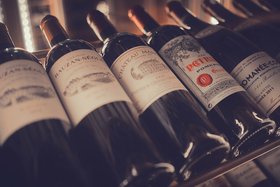Guide to Bordeaux Wine: Regions, Best Wines, Prices (2025)
The incredibly delicious, high-value wines from Bordeaux have delighted wine connoisseurs over the centuries.
Some of the world’s best Cabernet Sauvignon and Merlot wines come from this region. In fact, Bordeaux is the ancestral home of these popular grapes.
But why is Bordeaux wine so popular? How is it made? Which bottles should you buy?
In this article, we’ll explore everything about this French wine region, its history, grape varieties, wine styles, classifications, food pairings, aging potential, and more. We’ll also show you the finest Bordeaux bottles and tips on how to invest in them through Vinovest.
Further reading
- Here's a complete Guide to Investing in Bordeaux Wine in 2024.
- Explore the best ways to Invest in any Wine Bottle With Just $1,000.
A Quick Intro to Bordeaux Wine
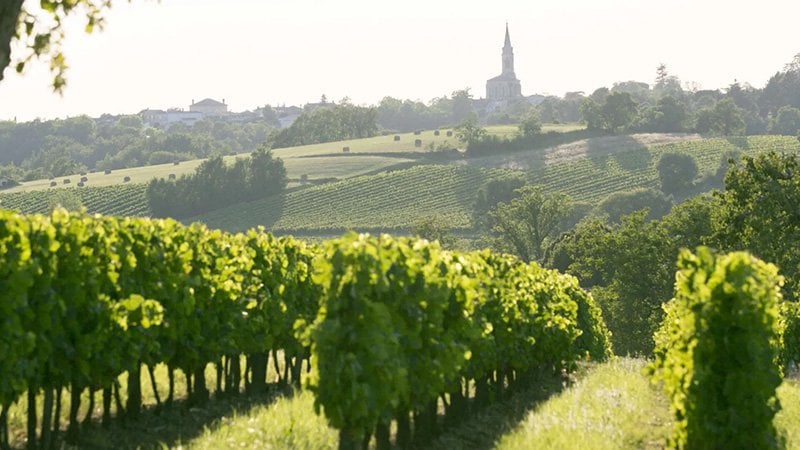
Any wine from the sprawling Bordeaux region in southwest France is called Bordeaux wine. But the term has almost become synonymous with red wine in particular.
With over 120,000 hectares of vineyard area, Bordeaux is the largest wine region in France — worth a wine tour for sure!
The region is divided into two by the Gironde Estuary, which splits into the Garonne and Dordogne Rivers. This splits the region into three traditional wine areas — the Left Bank, Right Bank, and the Entre-Deux-Mers.
About 90% of the wines produced in Bordeaux are red blends based on the Cabernet Sauvignon or Merlot grape variety. The remainder are white Bordeaux wines made of Sémillon and Sauvignon Blanc, as well as Rosés and sparkling wines.
A Brief History of Bordeaux Wine

Bordeaux's millennia-long history began with the Romans, who cultivated the Biturica grape variety in the 1st century.
In 1152, Bordeaux became English territory, and boatloads of claret wine were exported to England, gracing the tables of kings.
Demand increased, and vineyards expanded. So, Bordeaux established a monopoly on wine production and trade with England. This halted with the Hundred Years’ War but didn’t stop Bordeaux wine from evolving.
In the 17th century, sterilized barrels were used, and a new French claret was introduced. This became the prototype of the modern Bordeaux red blend. During the colonial period, corked and sealed bottles replaced barrels for wine transportation.
The 1855 Classification, which identified the best regional producers, helped drive further improvements in wine quality.
Eventually, Bordeaux wine became famous worldwide — thanks to its proximity to a major port for easy export. Cuttings from Bordeaux’s historic vineyards have made their way across continents.
So, you can thank Bordeaux for the plethora of choices you have in Cabernet Sauvignon and Merlot wine!
What Is the Difference Between Bordeaux and Burgundy Wines?
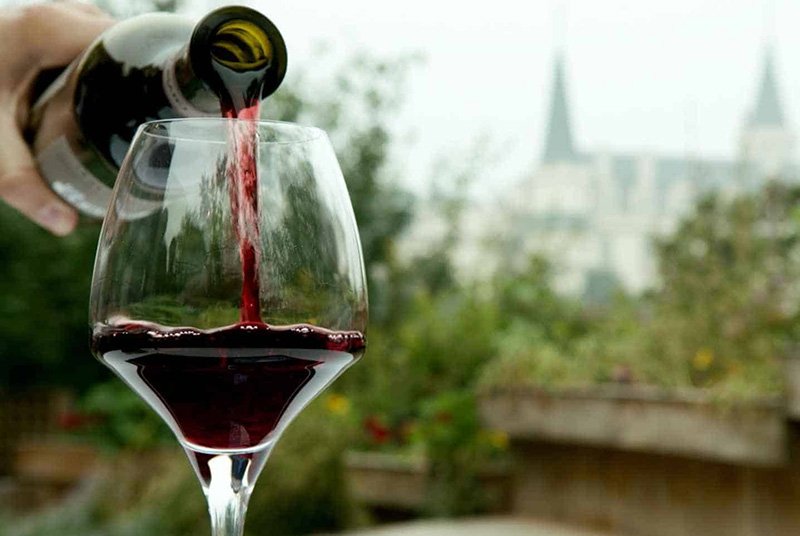
Bordeaux and Burgundy are two different wine regions in France. They both produce prestigious red and white wines.
The difference lies in the grapes used and the wine styles.
Bordeaux wines are predominantly Cabernet and Merlot-based red blends, while Burgundy wines are usually single-varietalPinot Noir reds and Chardonnay white wines.
Bordeaux's warmer climate produces wines of sweet dark fruit tasting notes, with its finest being categorized as Premier Cru Classé.
Burgundy is cooler, and its wines are earthier, with bits of spice and deeper red fruit notes. Its best wines are titled Premier Grand Cru Classé.
Let’s now explore the various grape varieties grown in Bordeaux.
Bordeaux Grape Varieties

The Bordeaux blend is a common blueprint for blends in other regions. The key grape varieties used in Bordeaux red blends are:
- Cabernet Sauvignon
- Merlot
- Cabernet Franc
Blends can include these auxiliary red grapes as well:
The Left Bank Bordeaux blend tends to be Cabernet dominant, while Right Bank Bordeaux is more Merlot based.
The key grapes for white Bordeaux wine are:
- Sémillon
- Sauvignon Blanc
- Muscadelle
Semillon and Sauvignon Blanc are the base of long-lived Sauternes sweet wine. Other grape varieties for white Bordeaux wine are:
- Sauvignon Gris
- Ugni Blanc
- Colombard
- Merlot Blanc
Now, let’s look at Bordeaux’s incredible viticulture techniques and winemaking methods.
Bordeaux Viticulture and Winemaking

The Bordeaux wine region offers an excellent terroir for growing grapes. But not only that — Bordeaux winemakers have perfected their viticulture and winemaking processes over the centuries.
Viticulture
A grapevine-friendly limestone foundation (with soil of gravel, sandy stone, and clay) is a common feature of Bordeaux vineyard sites.
Vines are generally trained in double or single guyot, with hand-picking preferred by most prestigious estates. Rainfall and humidity can present challenges during the growing season, so vintage is an important consideration when picking a bottle.
Winemaking
The concept of terroir plays a vital role during winemaking. Wines from Bordeaux vineyard areas lying just next to each other can taste quite different.
Winemaking methods vary for different Bordeaux styles, but they start with grape harvesting, sorting, and pressing. Chaptalization (a method of increasing the alcohol in wine by adding sugar) is allowed and is fairly common.
The grape juice is fermented, often in stainless steel vats, then transferred to ‘barriques’ (225-liter oak barrels) for aging. Barrel aging usually lasts a year.
Depending on the winemaker, the wine blending process can occur at any time between pressing and bottling. The wines usually undergo another period of aging after bottling before they are released for sale.
Now, let’s take you on a tour through Bordeaux’s esteemed wine regions.
The Six Bordeaux Wine Regions
The three traditional Bordeaux wine regions are further divided into the “six families” of Bordeaux wines:
- The Médoc
- Graves and Sauternais
- Blaye & Bourg
- The Libournais
- Entre-Deux-Mers
- Bordeaux and Bordeaux Supérieur
1. The Médoc
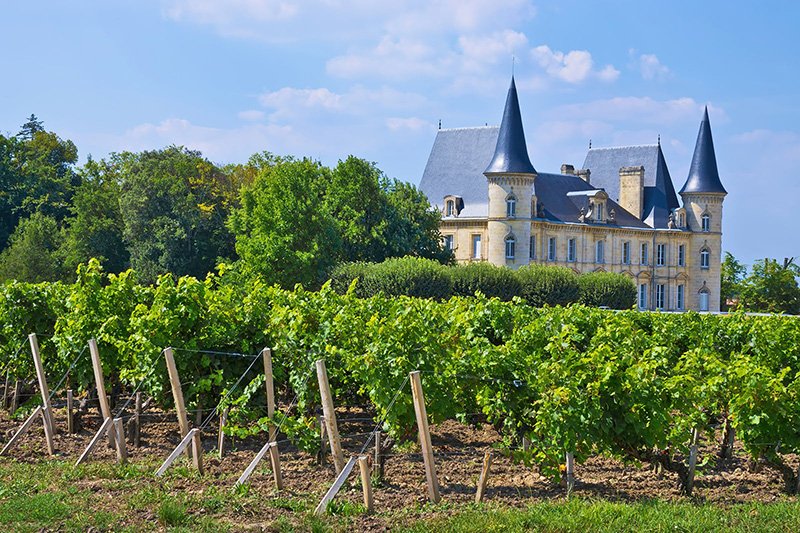
The Médoc wine region lies on the left bank of the Gironde River, well-known for its gravelly soils and the graphite characteristics of its Cabernet Sauvignon blends.
Médoc wines are some of the boldest and most tannic in Bordeaux, which makes them excellent for aging.
The powerful red wines of the Margaux appellation carry tasting notes of raspberry, cherry, and currant. Meanwhile, those from the Pauillac appellation are rich and dense with aromas of licorice, black cherry, and creme de cassis.
Other prestigious appellations include Haut-Médoc, St Julien, and St Estèphe.
2. Graves and Sauternais

Graves and Sauternais lie on the left bank of the Garonne, to the south of Medoc. This Bordeaux region produces wonderful Cabernet red wines but is probably more well-known for its incredible white wines.
Its Sauternes and Barsac appellations lie along a rather dank portion of the Garonne River, with foggy mornings that encourage Botrytis fungus growth. This results in age-worthy, elegant Barsac and Sauternes dessert wines.
The dry white wine from the Pessac Leognan appellation is complex and intense, ages well, and has notes of acacia, peach, and hazelnut.
3. Blaye & Bourg

The rolling vineyard areas of Blaye and Bourg produce youthful, rounded red and dry white wines. This Right Bank Bordeaux region is sometimes overlooked as it has no Grand Cru. Nonetheless, it makes excellent wines that can be fruity and fresh, or soft, tannic, and balanced.
4. The Libournais
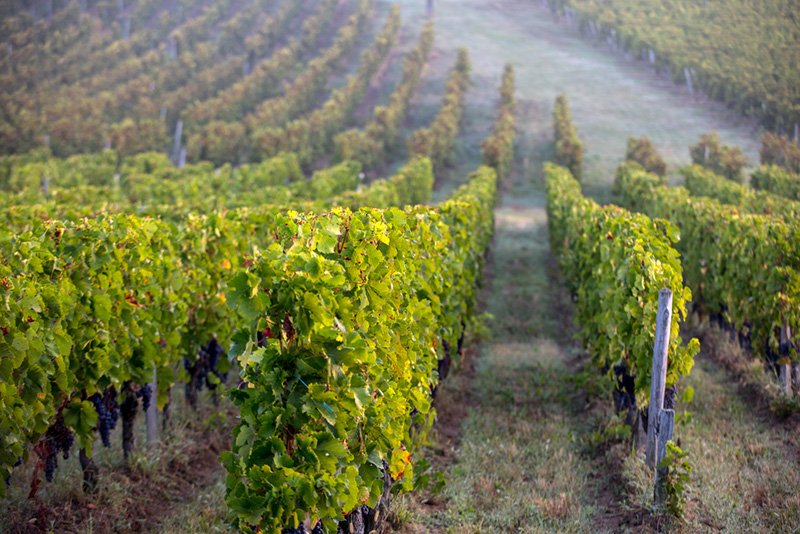
The red clay soil of this right-bank Bordeaux wine region produces plummy red Bordeaux wines that are usually Merlot based. These wines are bold and juicy but have softer, more refined tannin, lower alcohol, and acidity.
The most well-known appellations are Pomerol and Saint-Emilion, both of which make a powerful, refined Bordeaux blend that ages well.
5. Entre-Deux-Mers
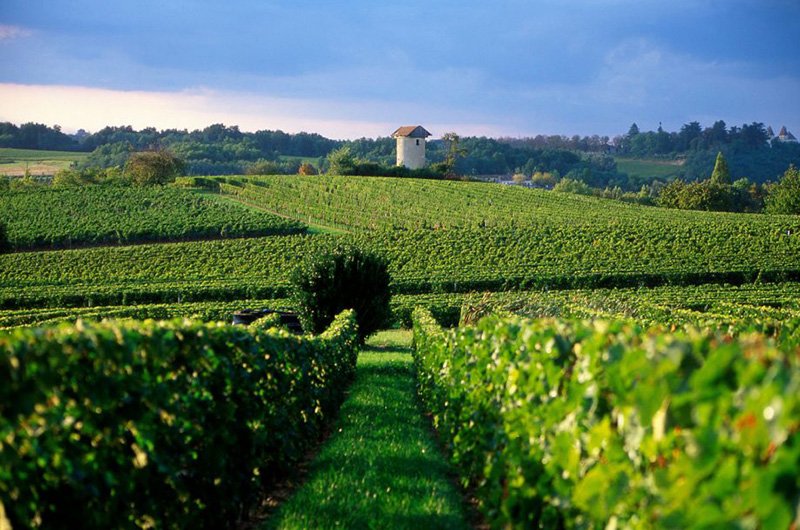
Entre-Deux-Mers literally means “between two tides,” which is apt since this region lies between the Garonne and Dordogne Rivers.
The Entre-Deux-Mers appellation applies solely to dry white wines, though this region also has many appellations that produce Bordeaux red wines and sweet white wines.
Cadillac and Loupiac, for example, are home to candied botrytized white wines. Meanwhile, the Graves de Vayres appellation covers both red and white wines.
6. Bordeaux and Bordeaux Supérieur

The Bordeaux and Bordeaux Supérieur regions overlap with the other five regions. These five AOCs (Appellation d'Origine Contrôlée) include:
- Cremant de Bordeaux (which usually produces sparkling white wine or rose)
- Bordeaux Rosé
- Bordeaux Clairet
- Bordeaux AOC
- Bordeaux Supérieur AOCs
While these regions define the appellations, there are also five classifications used to rank Bordeaux wines.
Bordeaux Wine Classifications
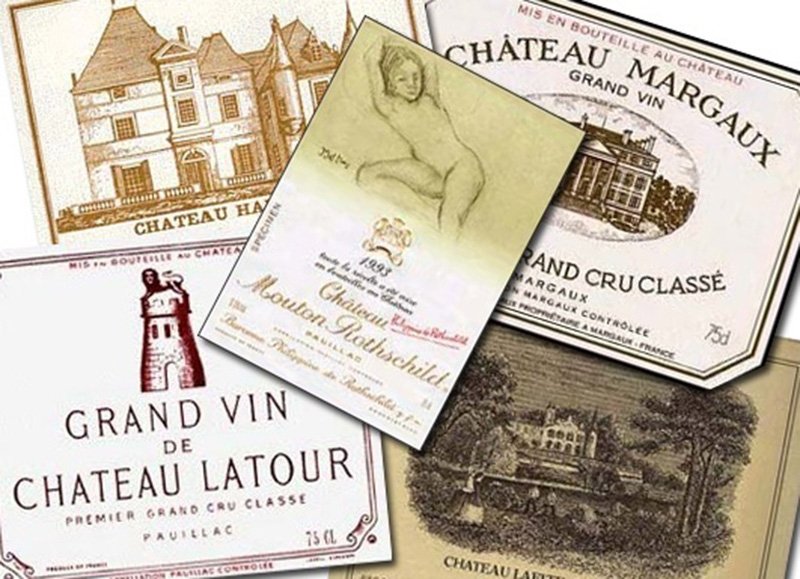
Here’s a quick look at the five classifications based on wine quality:
- Crus Classés de 1855 (The 1855 Classification)
- Crus Classés de Graves
- Crus Classés de Saint-Emilion
- Crus Bourgeois du Médoc
- Crus Artisans
1. Crus Classés de 1855 (The 1855 Classification)
The 1855 Classification, which was introduced in the Napoleonic era, revolutionized how the quality of wine was judged and defined. It identifies the top 61 chateaux for red wine in Medoc and Graves, and 26 chateaux in Sauternes and Barsac for sweet white wine.
The red wine category has five tiers, which begins with First Growths, labeled “Premier Cru,” representing the crème de la crème of Bordeaux red. The next best Bordeaux are Second Growths, through Third, Fourth, until Fifth.
The sweet white wine category has three tiers, beginning with Premier Cru Superieur, then Premiers Crus to Deuxiemes Crus.
2. Crus Classés de Graves
The Graves classification was initiated in 1953 and highlights 16 chateaux in the Pessac-Leognan AOC and their remarkable red and white wines.
3. Crus Classés de Saint-Emilion
The Saint-Emilion classification started in 1954 and is revised every 10 years. It covers 82 estates in the Saint-Emilion AOC, divided into 64 Grands Crus classés and 18 Premiers Grands Crus classés.
4. Crus Bourgeois du Médoc
The Cru Bourgeois picks up many fine Medoc estates that didn’t make it into the 1855 Classification. This is an evolving, single-tier classification. Each year, between 240 to 260 estates form the Alliance des Crus Bourgeois.
5. Crus Artisans
The Cru Artisans classification identifies 36 small-to-medium excelling wineries in Medoc. The list is reviewed every five years.
Fun Fact: Château Haut-Brion’s (one of the five First Growth estates) Cabernet and Merlot red wine is the only Bordeaux blend to be classified twice — in the 1855 classification and Graves classification. What’s more interesting is that the white Château Haut-Brion Blanc has no classification!
Bordeaux wine can be exceptional even if it’s unclassified. So, don’t go only by the Bordeaux wine classifications when you look at buying them.
So, how do you serve these extraordinary drinks?
To experience the true character of Bordeaux wine, you should serve it properly with the right foods to enhance its flavors.
If you're in the UK you can get a case of fine Bordeaux wine at VinoSelect.
How to Serve Bordeaux Wine
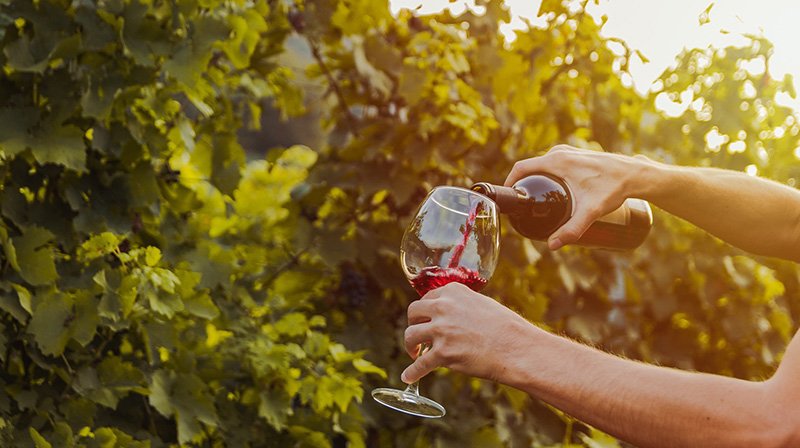
Decanting will open up your Bordeaux wines before drinking. Older wines will need to be decanted for up to 4 hours to remove sediments.
The serving temperature is important. A wine that’s too cold can lose its aroma, and if it’s too warm, the alcohol may be too pronounced. Here’s a guideline:
- Red Bordeaux blend: Serve at around 17°C (63°F)
- Dry white Bordeaux: Serve cool at 8°C (46°F)
- Sweet white Bordeaux: Serve chilled at 6°C (42°F)
Use a proper wine glass (like a Bordeaux glass) to capture the aroma of Bordeaux wine.
Food Pairings With Bordeaux Wine
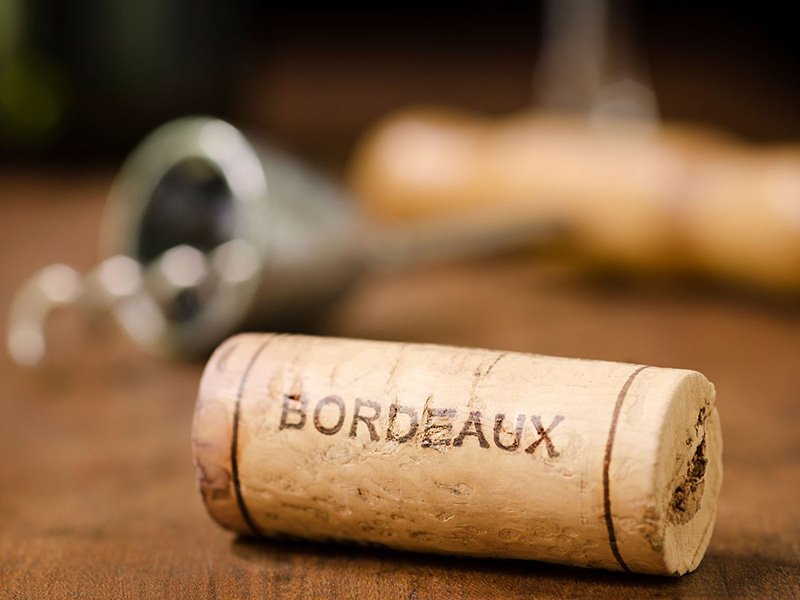
Depending on the Bordeaux wine style you’re serving:
- Pair a fruity, rounded red Bordeaux wine with a charcuterie board, turkey, or game.
- Intense red Bordeaux complements beef, steak, or lamb.
- Roses and dry whites match well with salads or smoked salmon.
- A sweet or dry white will pair with oysters, scallops, or sushi.
- Youthful red or rose wines are best buddies with pasta, rice, and pizza.
Now, Bordeaux wines are highly sought-after among wine lovers and investors alike. Let’s see why.
Investing in Bordeaux Wine
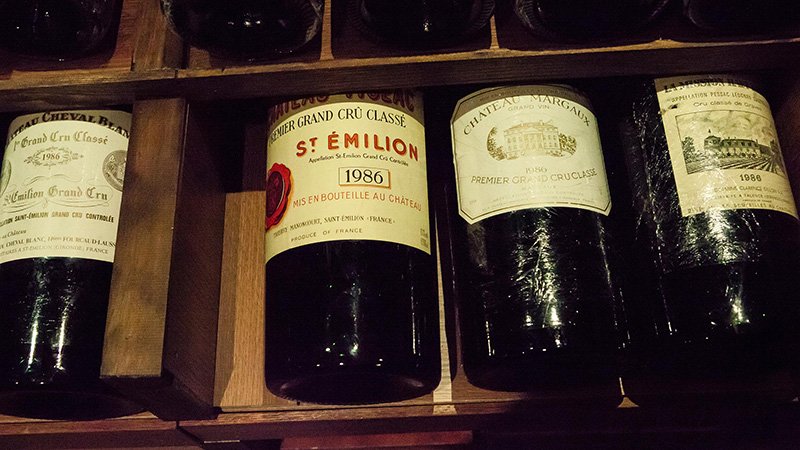
The aging potential of Bordeaux wine is one of the factors that drive up its value. The red blends and sweet white wine age for up to 50 years, and the dry whites can age beautifully for up to 10 years.
Bordeaux Price Appreciation and Performance at Auctions
Many Bordeaux wines have enjoyed significant price appreciation over the years.
For example, the 1998 Chateau Latour was released at $70 per bottle. A 12-bottle case was auctioned off at Sotheby’s London in March 2020 for $5,248. That’s equivalent to about $432 per bottle, more than a 500% increase in price over two decades.
The Liv-ex Bordeaux 500 index showed a 34% increase between 2015-2020, proving that Bordeaux wine has remained top-notch in the fine wine market.
Best Bordeaux Vintages to Look Out For
Finding value in Bordeaux wine lies in picking the right vintage. A good vintage can be affordable but still capable of aging for years, offering a surge in value as they lie in your wine cellar.
Here are some of the best recent vintages to keep an eye out for: 2000, 2005, 2006, 2008, 2009, 2010, 2012, 2013, 2014, 2015, 2016, 2017, 2018, 2019, 2020, 2022.
10 Exquisite Bordeaux Wines to Add to Your Collection
These are the best Bordeaux fine wines that you should collect in 2024 — whether it’s for drinking, gifting, or investing:
- 2016 Petrus, Pomerol, France
- 2015 Chateau Lafite Rothschild, Pauillac, France
- 2016 Chateau Cheval Blanc, Saint Emilion Grand Cru, France
- 2016 Château Mouton Rothschild, Pauillac, France
- 2015 Chateau d'Yquem, Sauternes, France
- 2019 Chateau Pavie Macquin, Saint Emilion Grand Cru, France
- 2021 Chateau Suduiraut, Sauternes, France
- 2022 Domaine de Chevalier, Pessac-Leognan, France
- 2019 Denis Dubourdieu Chateau Doisy-Daene, Sauternes - Barsac, France
- 2014 Chateau Coutet, Sauternes - Barsac, France
1. 2016 Petrus, Pomerol, France ($5,839)
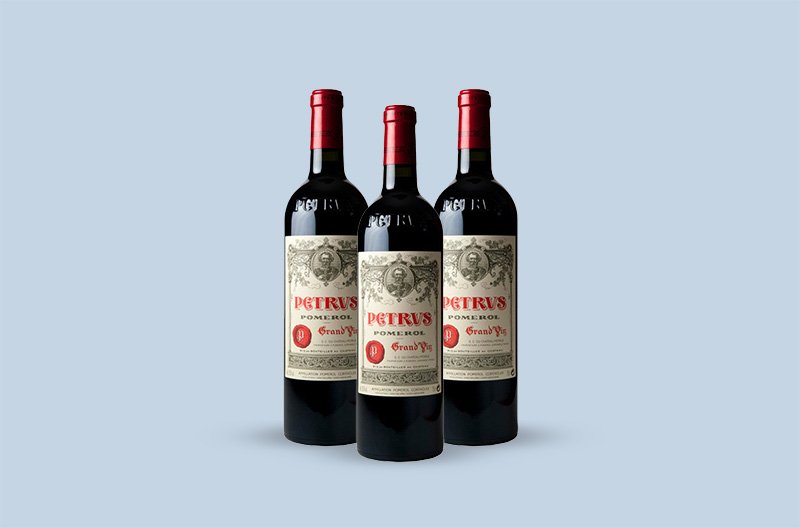
Find notes of tobacco, white truffle, dark fruit, and licorice in this deep, richly textured Merlot wine. Drink between 2024-2074.
2. 2015 Chateau Lafite Rothschild, Pauillac, France ($1,020)
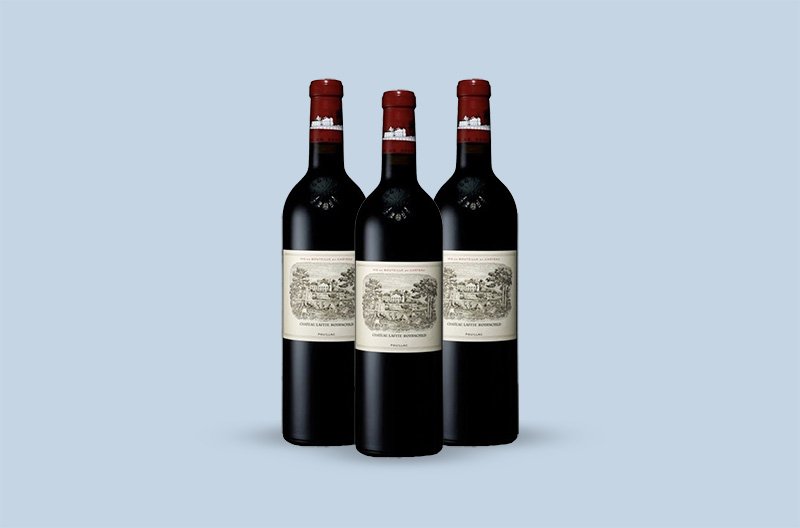
This Bordeaux wine is a blend of Merlot, Cabernet Sauvignon, and Petit Verdot. It has a vibrant core of black raspberries, red currants, and crushed plums with a touch of cigar box and violets. Drink from 2024-2050.
3. 2016 Chateau Cheval Blanc, Saint Emilion Grand Cru, France ($945)
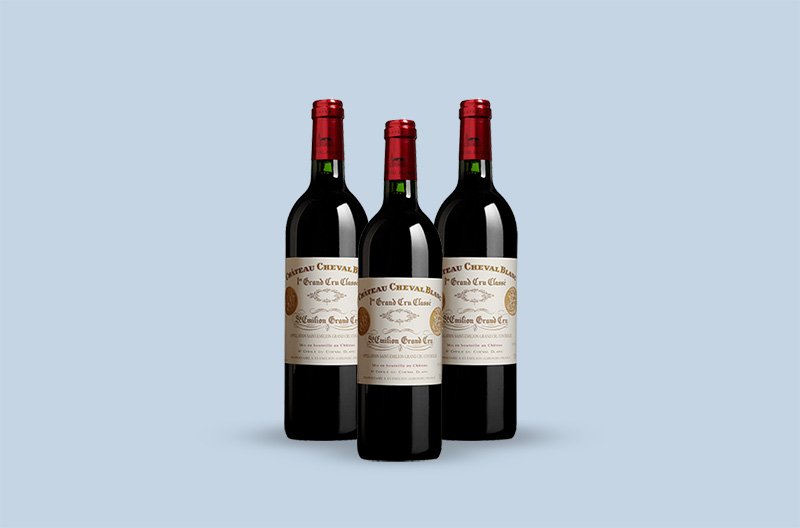
This St Emilion wine from the Château Cheval Blanc winery is full-bodied and dense, with flavors of menthol and dark berries. Drink this Cabernet Franc-Merlot blend up to 2070.
4. 2016 Château Mouton Rothschild, Pauillac, France ($908)

This great wine is bold and concentrated, with powerful notes of black currant cordial, black raspberries, and blueberry pie. Drink this Merlot and Cabernet Sauvignon blend through 2085.
5. 2015 Chateau d'Yquem, Sauternes, France ($464)

This young, sweet wine offers a palate of dried fruit, spice, and sweet fruit with a very long, mineral-tinged finish. Drink this Yquem until 2075.
6. 2019 Chateau Pavie Macquin, Saint Emilion Grand Cru, France ($94)

This ruby-red St Emilion wine boasts crisp ripeness and a chalky, smooth structure. It offers red fruit aromas and lively, soft fruit flavors with vanilla hints. Drink between 2025-2055.
7. 2021 Chateau Suduiraut, Sauternes, France ($89)

Here’s a great wine with excellent acidity, honey aromas, and intense flavors of honey and perfumed honeysuckle. It offers a sweet and fresh finish. Drink through 2024-2063.
8. 2022 Domaine de Chevalier, Pessac-Leognan, France ($80)
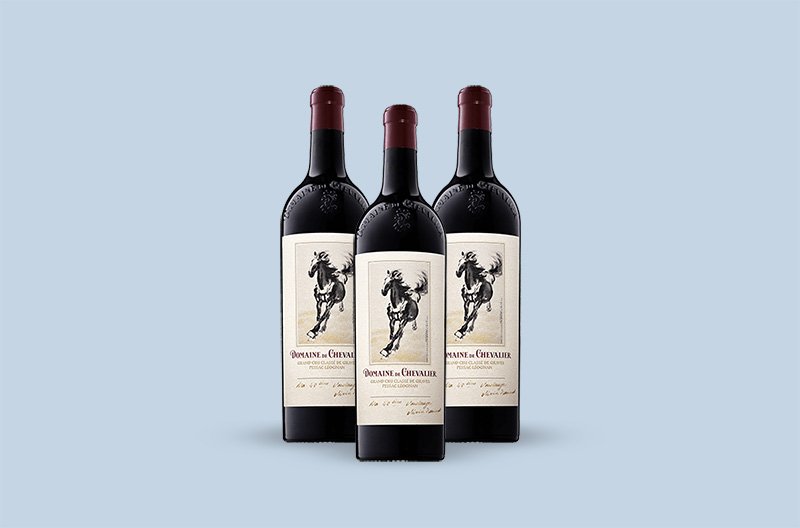
This drink from the Domaine de Chevalier winery shines with a fine texture, dark fruit aromas, and the flavors of blackcurrant, cedary oak, sweet spice, cassis, and licorice. Drink between 2030-2065.
9. 2019 Denis Dubourdieu Chateau Doisy-Daene, Sauternes - Barsac, France ($61)

This pale gold wine displays soft acidity, white fruit flavors, and pineapple aromas. It offers a long, clean finish. Drink through 2023-2060.
10. 2014 Chateau Coutet, Sauternes - Barsac, France ($51)
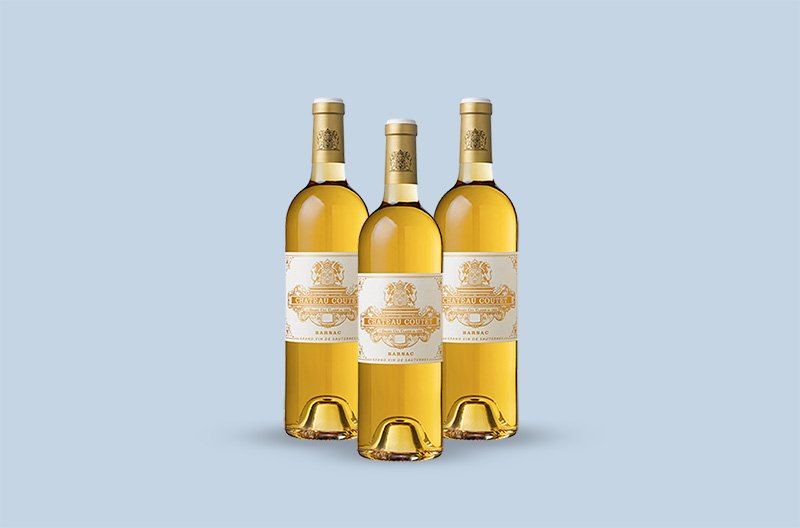
Here’s an extraordinary wine with crisp acidity and the flavors of spice, yellow fruit, intense botrytis, and honey. Drink until 2050.
Now, finding the finest and rarest of Bordeaux vintages from the best Bordeaux wineries could involve quite a bit of work!
Luckily, you don’t have to do this yourself.
Let a wine investment company like Vinovest help you get that precious Chateau Latour or Margaux.
Here’s how:
Invest in the Finest and Rarest Bordeaux Vintages Through Vinovest
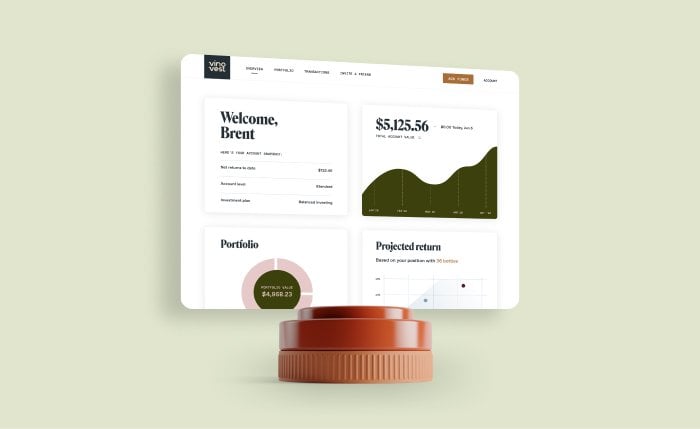
Vinovest is an AI (Artificial Intelligence)-based wine investment company that lets you buy, store, and sell Bordeaux wine and other fine wines from around the world.
How It Works
Follow these four simple steps:
- Sign up on the Vinovest website.
- Fill out a questionnaire so Vinovest’s wine professionals know your risk appetite and investment preferences.
- Add funds to your account.
- Access your fine wine portfolio online.
- Sit back and enjoy your favorite French wine or Pinot Noir while you watch your portfolio grow.
Benefits
Here are some of the reasons why investing through Vinovest will work best for you:
- Easy Buying and Selling at the Best Prices: Buy and sell white, sparkling, or red Bordeaux wines easily using Vinovest’s online platform. Vinovest sources wines directly from wineries, wine exchanges, and wine merchants for the best below-retail prices. And, if you want to sell your bottle, Vinovest helps you find the right buyer at the most attractive prices.
The site allows you to sell your wines at any time. But it's often best to sell your wines after 5-20 years (when they’ve reached their peak value.)
To make things easy for you, our wine professionals will work with you to maximize your returns — no matter the market conditions. They’ll guide you on the best liquidity options and the best time to sell your wines.
- Bottle Authentication and Provenance Checks: Vinovest checks the provenance of every bottle and ensures it's authentic before you buy.
- Expert-Curated Portfolio: You can use the expertise of a team of sommeliers and data scientists to curate your wine portfolio with proprietary financial models.
- Secure, Optimal Storage and Insurance: Your wine bottles are stored in bonded warehouses under optimal conditions with 24/7 surveillance and insurance.
- Wine Ownership and Easy Delivery: Every wine you buy through Vinovest is yours. And if you want your bottles delivered, Vinovest will deliver them safely to your doorstep or your buyer’s.
An Exotic Bordeaux for Your Cellar!
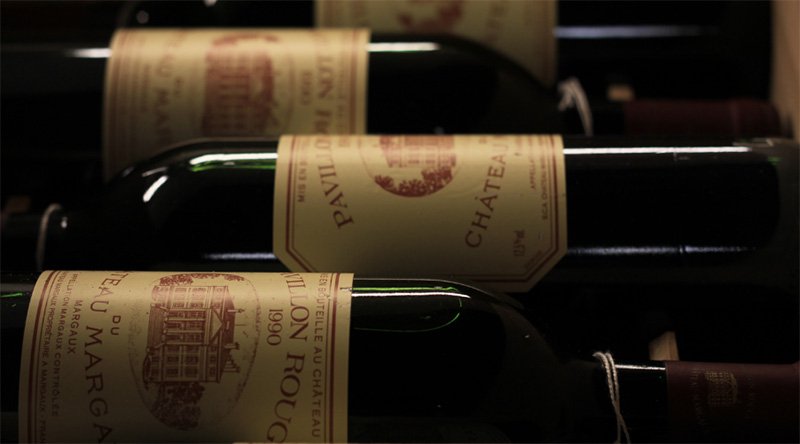
Bordeaux offers a fantastic range of wines — from affordable bottles to the most expensive, collectible ones. If you’re in France, don’t miss a Bordeaux wine tour to sample its many offerings!
For the wine enthusiast, there’s nothing quite like the bold, unique flavors of Bordeaux red wines. But don’t shy away from the sublime white Bordeaux too — after all, US President Thomas Jefferson was also a fan.
Vinovest can help you build the best wine portfolio comprising the finest Bordeaux wines — be it Médoc wines or Sauternes wines. So, sign up today and start your collection right away!


